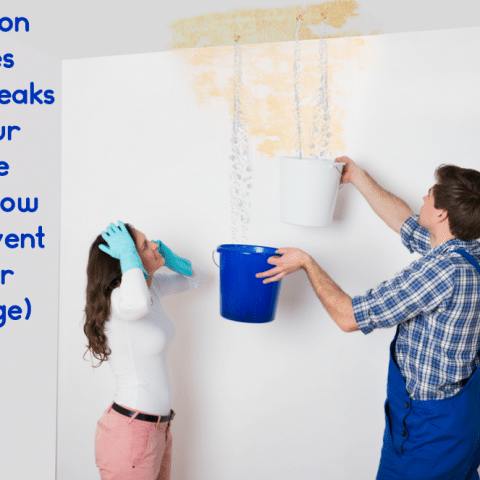What're your opinions with regards to Leaking water lines?

Early detection of dripping water lines can mitigate a potential disaster. Some little water leaks may not be noticeable.
1. Take A Look At the Water Meter
Every residence has a water meter. Examining it is a proven manner in which assists you uncover leakages. For beginners, turn off all the water resources. Make certain no person will certainly flush, make use of the tap, shower, run the washing device or dish washer. From there, go to the meter and watch if it will alter. Given that no one is utilizing it, there need to be no activities. That shows a fast-moving leak if it relocates. If you detect no modifications, wait a hr or two and inspect back once again. This suggests you may have a slow leak that might also be underground.
2. Inspect Water Usage
Evaluate your water bills and track your water consumption. As the one paying it, you should see if there are any kind of disparities. If you identify sudden changes, in spite of your consumption coinciding, it indicates that you have leaks in your plumbing system. Remember, your water costs need to fall under the same array on a monthly basis. An unexpected spike in your bill shows a fast-moving leak.
On the other hand, a steady boost on a monthly basis, even with the exact same behaviors, shows you have a sluggish leakage that's also slowly intensifying. Call a plumber to extensively check your building, especially if you feel a warm location on your flooring with piping beneath.
3. Do a Food Coloring Examination
When it comes to water intake, 30% comes from commodes. If the shade somehow infiltrates your bowl throughout that time without flushing, there's a leakage between the tank and bowl.
4. Asses Outside Lines
Do not neglect to examine your outdoor water lines also. Test faucets by connecting a garden tube. Ought to water seep out of the connection, you have a loosened rubber gasket. Replace this and also make sure all connections are limited. If you have actually got a sprinkler system, it will certainly aid get it expertly checked out as well as kept yearly. One tiny leak can throw away lots of water and also increase your water bill.
5. Examine and Analyze the Scenario
Homeowners need to make it a habit to examine under the sink counters as well as also inside closets for any type of bad odor or mold growth. These two red flags show a leak so timely interest is needed. Doing regular inspections, also bi-annually, can conserve you from a significant trouble.
Extra notably, if you understand your house is currently old, keep a watchful eye on your heating systems, hoses, pipelines and so on. Look for discolorations as well as compromising as the majority of pipelines and also appliances have a life expectancy. They will additionally normally deteriorate because of deterioration. If you think dripping water lines in your plumbing system, do not wait on it to rise. Call an expert plumber right now so you don't wind up with an awful mess in your house.
Early discovery of leaking water lines can mitigate a possible catastrophe. Some tiny water leaks might not be visible. Inspecting it is a surefire method that aids you find leaks. One tiny leakage can lose loads of water as well as surge your water bill.
If you suspect leaking water lines in your plumbing system, don't wait for it to intensify.
WARNING SIGNS OF WATER LEAKAGE BEHIND THE WALL
PERSISTENT MUSTY ODORS
As water slowly drips from a leaky pipe inside the wall, flooring and sheetrock stay damp and develop an odor similar to wet cardboard. It generates a musty smell that can help you find hidden leaks.
MOLD IN UNUSUAL AREAS
Mold usually grows in wet areas like kitchens, baths and laundry rooms. If you spot the stuff on walls or baseboards in other rooms of the house, it’s a good indicator of undetected water leaks.
STAINS THAT GROW
When mold thrives around a leaky pipe, it sometimes takes hold on the inside surface of the affected wall. A growing stain on otherwise clean sheetrock is often your sign of a hidden plumbing problem.
PEELING OR BUBBLING WALLPAPER / PAINT
This clue is easy to miss in rooms that don’t get much use. When you see wallpaper separating along seams or paint bubbling or flaking off the wall, blame sheetrock that stays wet because of an undetected leak.
BUCKLED CEILINGS AND STAINED FLOORS
If ceilings or floors in bathrooms, kitchens or laundry areas develop structural problems, don’t rule out constant damp inside the walls. Wet sheetrock can affect adjacent framing, flooring and ceilings.
https://www.servicemasterbyzaba.com/blog/how-to-detect-water-leakage-in-walls/

As a serious reader about Leaking water lines, I figured sharing that piece of content was a smart idea. Appreciated our blog? Please share it. Help another person discover it. I recognize the value of reading our article about Leaking water lines.